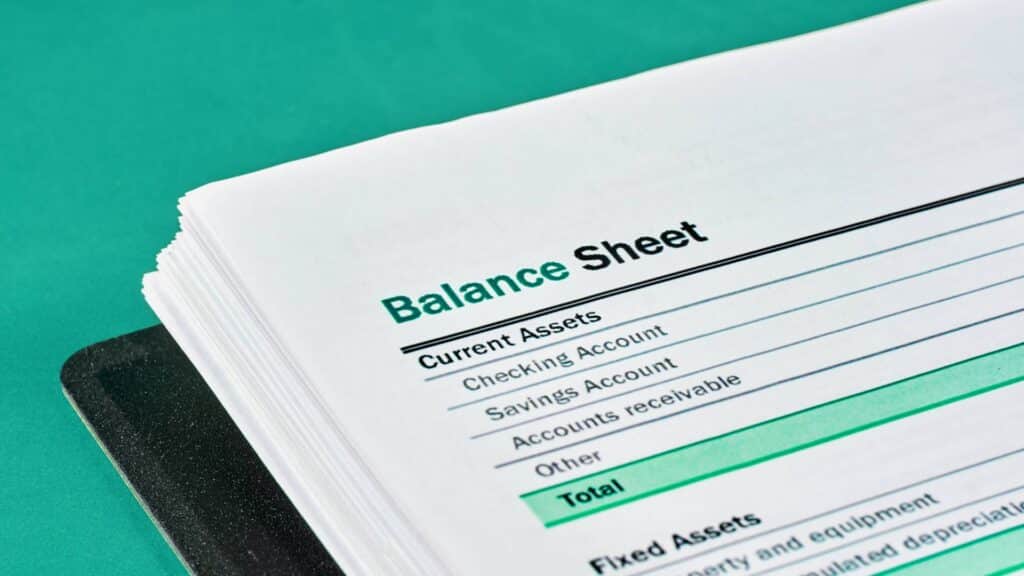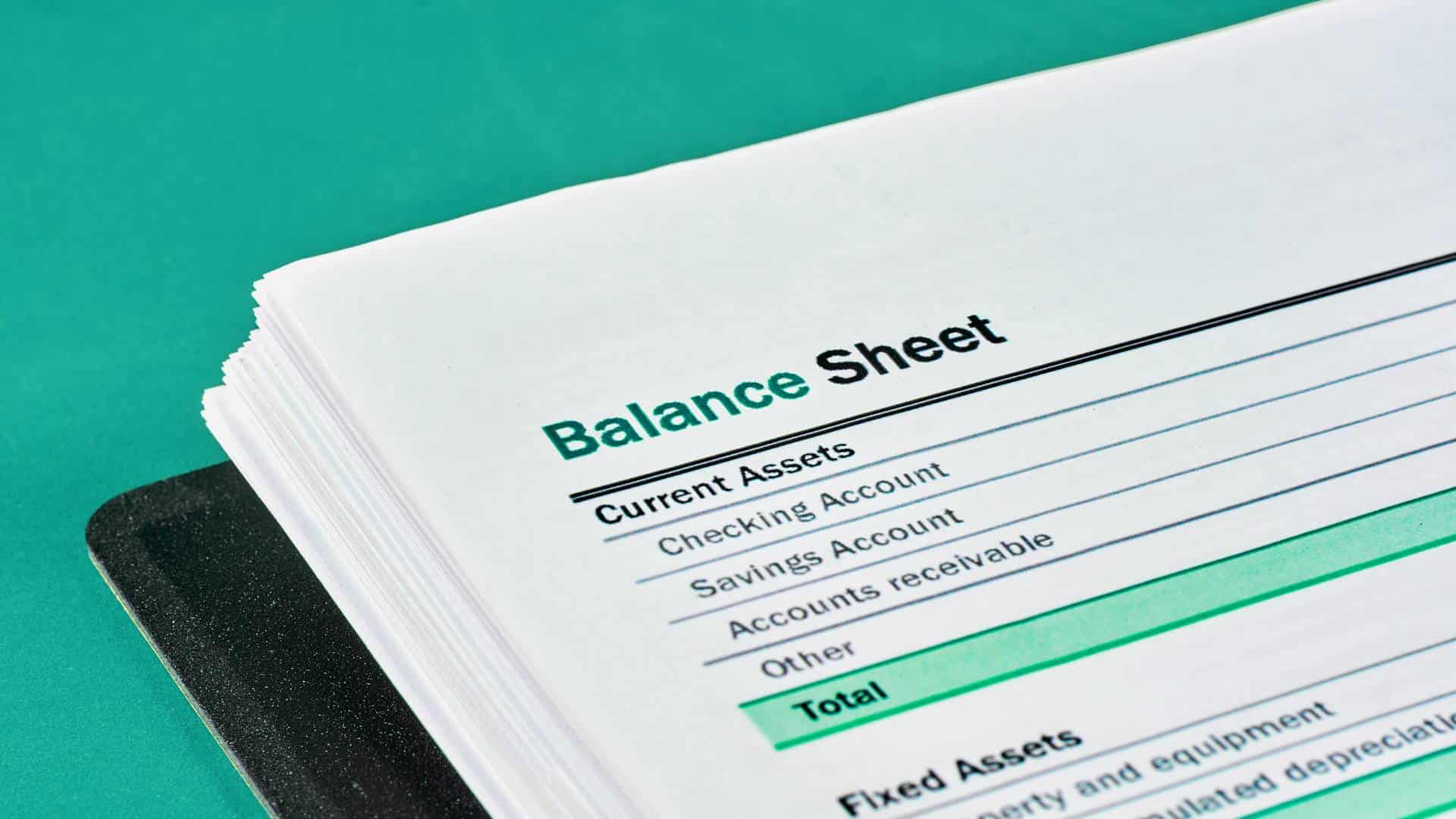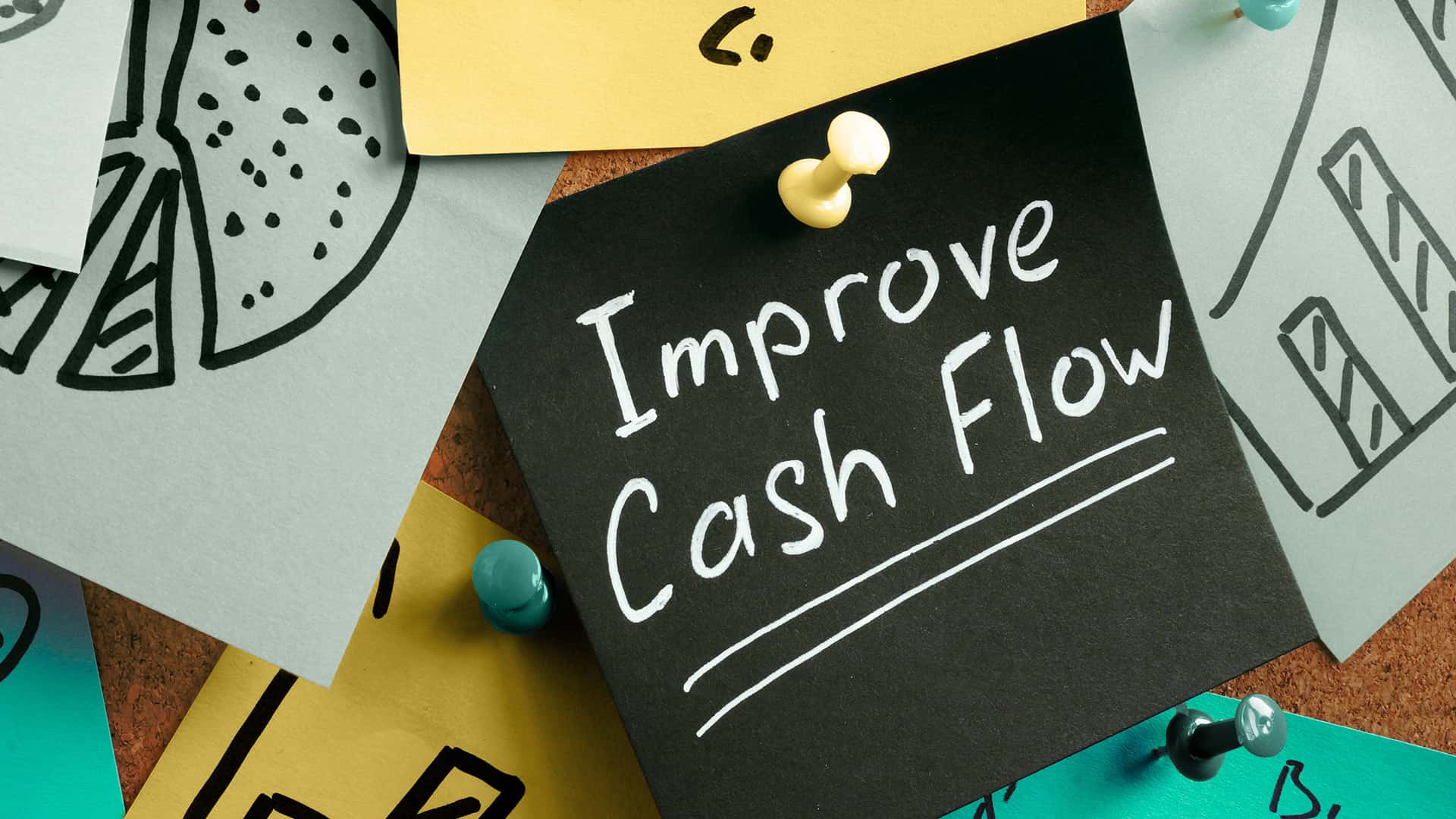Every year, I talk with business owners who are baffled by the same situation.
Your P&L says you made a profit. QuickBooks cheers you on. Your accountant agrees. You’ve even written a check to the IRS.
But when you log into your bank account… the cash just isn’t there.
As a CFO who’s worked with dozens of middle market companies, I can tell you: you’re not alone. This disconnect between profit and cash is one of the most common sources of confusion for business owners. And the explanation can always be found in one place: your balance sheet.
Profit vs. Cash Flow
Profit is an accounting concept. It’s what’s left after revenues and expenses hit your income statement.
Cash flow is the reality of your bank account—the actual movement of dollars in and out.
They’re connected, but they don’t always move in sync. You can have a healthy profit number while your cash flow is weak or even negative. Why? Because cash may be tied up in other places.
Where Did the Cash Go?
When you compare your balance sheet from one year to the next, you’ll usually find the answer. Here are the most common culprits I see in middle-market companies:
- Accounts receivable grew. Sales were made, profit was booked—but customers haven’t paid yet. For example, if receivables are up $500K year over year, that means half a million hasn’t reached your bank account.
- Inventory increased. Stocking up for growth shows up as an asset, not an expense. You spent the cash, but it won’t hit your P&L until those goods are sold and flow through COGS.
- You invested in fixed assets. Maybe you bought equipment, vehicles, or technology. Depreciation spreads that cost over years, so your P&L doesn’t feel the full hit—but your bank account does.
- You paid down debt. Principal payments reduce cash but not profit. Only the interest portion shows as an expense. Pay down $300K of debt, and you’re $300K lighter in cash even though profit doesn’t change.
- You took distributions or dividends. Owner draws reduce cash, but they’re not an operating expense. They lower equity, not profit.
- You paid vendors faster. When accounts payable goes down, cash goes out—but expenses were already recorded when invoices hit the books. Good for vendor relationships, but it uses up working capital.
Why This Actually Isn’t Bad News
Here’s the encouraging part: most of these cash drains are actually signs of a healthy business.
- Growing sales (with receivables lagging).
- Investing in assets that increase long-term value.
- Paying down debt and reducing interest expense.
All of those build equity. They just don’t feel good in the short term because liquidity is tight. That’s where good forecasting and financing solutions come in.
If AR is the main issue, there are plenty of tactics to improve collections and shorten your cash cycle. If fixed assets are eating cash, financing can spread the impact.
The key is understanding what’s really happening so you can plan ahead instead of scrambling.
Profit Means Your Business Model is Working
But cash is what pays the bills, funds growth, and helps you sleep at night.
If you’re looking at your financials and wondering “where did the money go?”, you don’t have to figure it out on your own.
At netgainCFO, we help owners connect the dots between profit, cash flow, and balance sheet changes. We’ll show you where your cash is going, build forecasts you can trust, and help you put strategies in place so growth doesn’t keep you up at night.
Let’s make sure your profit turns into cash in the bank—and momentum for your business. Book a free consultation with our team.








